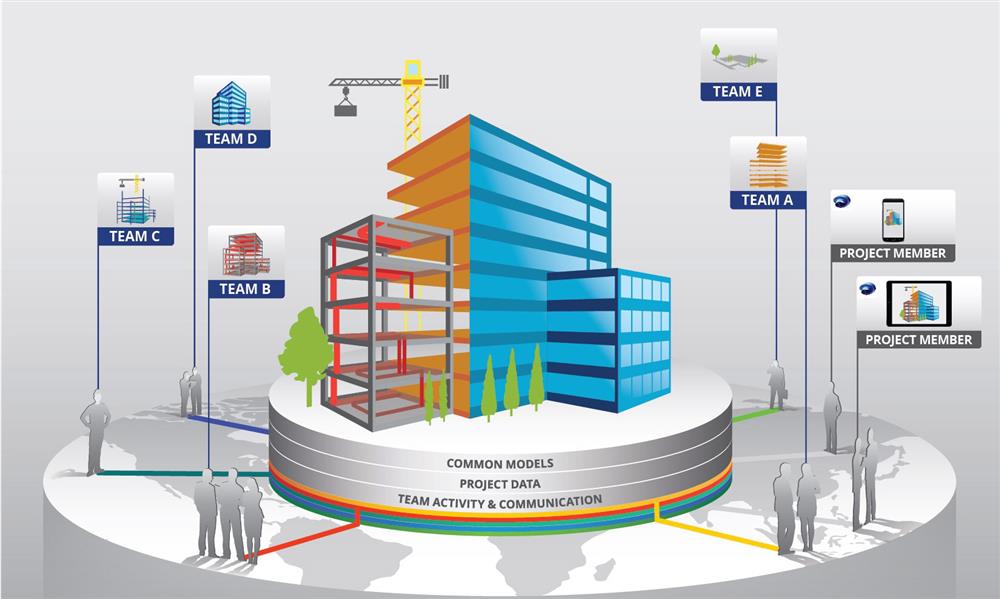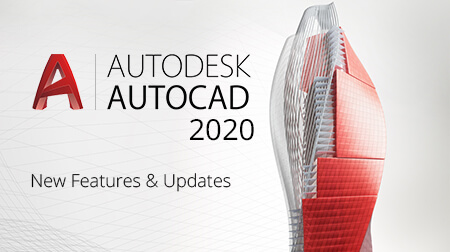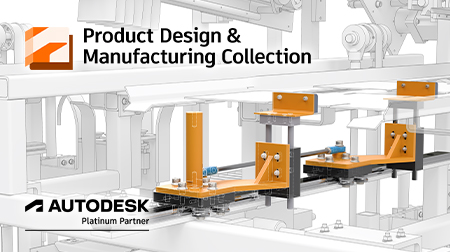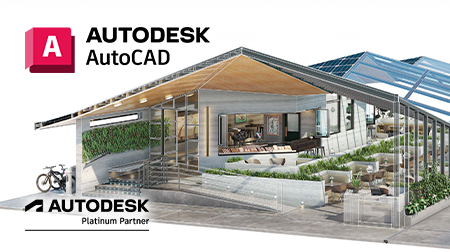
How can building information modelling be used after the construction stage for space, facilities and project management applications?
One of the most commonly heard points about building information modeling (BIM) - noted by professionals all around the Asia-Pacific region - is that it is not just a 3D model; BIM is capable of much more.
It's easy to understand why this misconception about BIM persists; after all, modelling is part of its name. However, such myths place a great hindrance on BIM and its ability to deliver substantial benefits to any project at every stage of development.
Let's examine an oft-overlooked part of BIM's capabilities - how can it be used once construction has been completed?
Why use BIM after construction?
All throughout the design and construction stages of a project, a tremendous amount of data is created. In the transition to a facility's active operation, construction and development teams generally transfer this mountain of documentation to site management professionals.
Unfortunately, the data is not optimised for such a handoff - workers must mine the provided paperwork for relevant data and manually upload it into their own records. This is a labour-intensive process, one which incurs the potential for loss and inaccuracy in data entry.
When BIM is used throughout construction, however, it ensures the seamless transportation of data to facility owners. With the space information available in a high level of detail (LOD) BIM model, managers can have access to essential data about each nook and cranny of a facility.
Because any changes made during different stages of construction are represented in a BIM model, the facility data handed over to owners will perfectly reflect the site as it was built. This eliminates the potential for any discrepancies resulting from a change of plans while the facility was being built.
How does BIM deliver results for management?
By storing all necessary data in a centralised location, BIM provides all necessary stakeholders with the information they need. This is especially ideal for all matters of space, facilities and project management.
When the BIM model data is synced with Archibus, all authorised parties can instantly see how they are using their space within a facility and make sure they are operating with optimal efficiency. With the functionality of Archibus, all this information is accessible through a desktop, tablet or smartphone.
"This can help customers effectively leverage BIM data throughout the whole building lifecycle to integrate with their facilities' operating information," notes Zhao Lu, a Redstack solution consultant.
"This will help companies reduce their overall cost expenditures, improving a set lifecycle and also optimising their service levels."
Through these functions, BIM can also play a key part in project management. Such an application provides team members with the information they need to stay in line with the master planning goals of a project. This is in large part due to the facilitation of collaborative processes, which allows all employees to keep on top of many aspects of a project - including priorities, cost and documentation - across all departments.
Through this improved collaborative ability, projects can be completed more in line with budget and time considerations. BIM also allows for more efficient benchmarking, ensuring that all players remain on the right track for delivering a finished project.
More information on BIM
With so many potential applications at all stages of asset development and operation, it is clear that BIM can be an invaluable tool for any project. Learn more about Building Information Modelling at our BIM website:
- What is BIM?
- BIM Services
- Proven BIM Expertise
- Benefits of BIM
- Free BIM Resources - Whitepapers, blog posts and more
Contact us today for further assistance with implementing BIM in your organisation.













